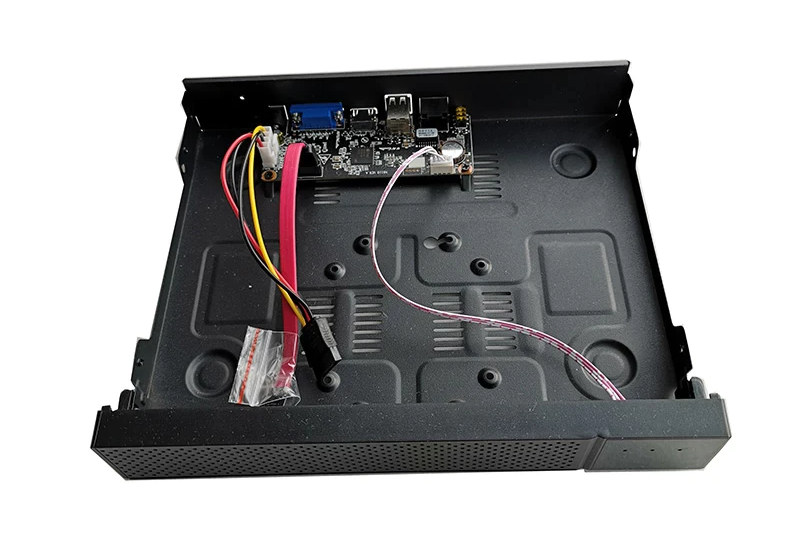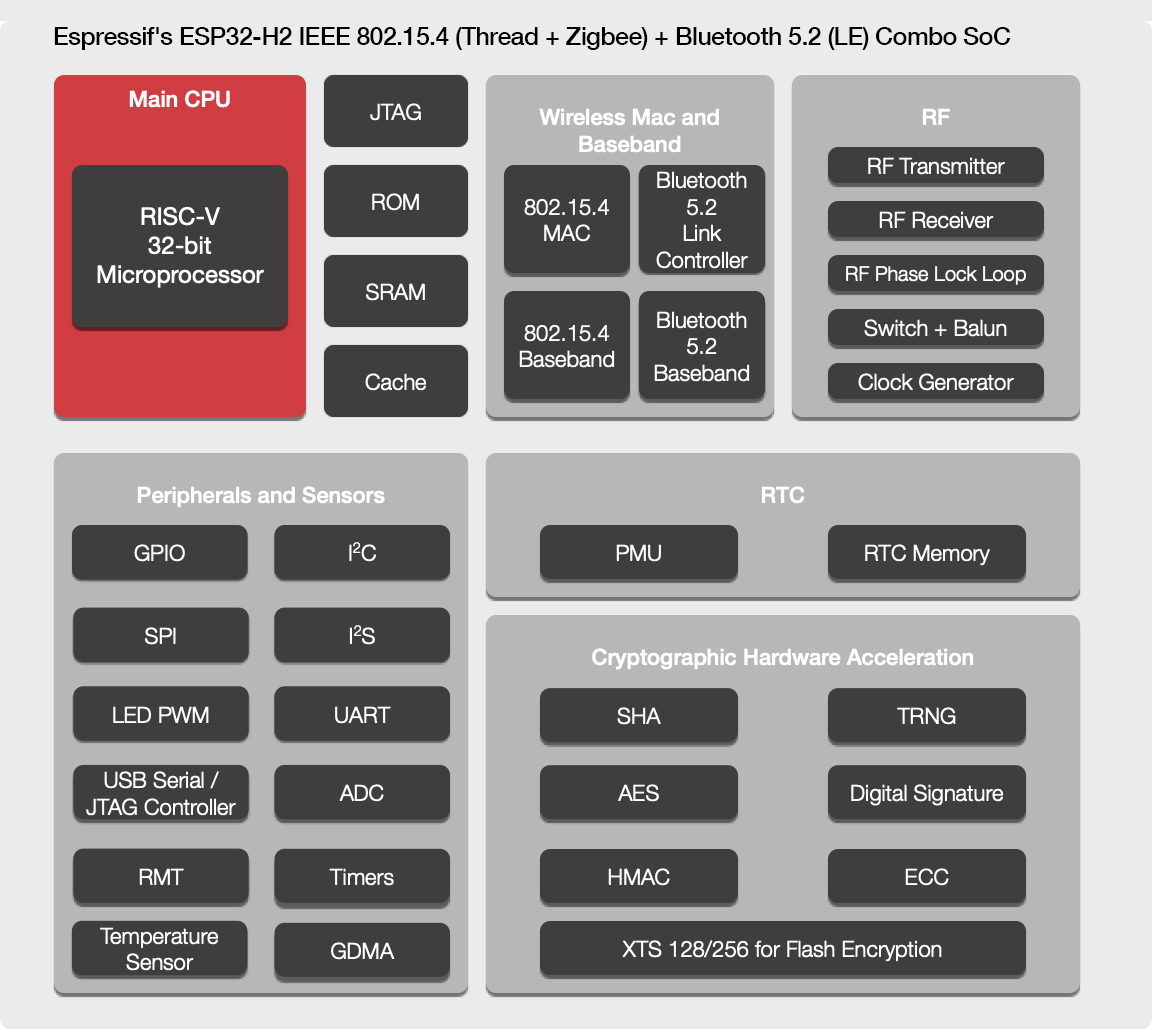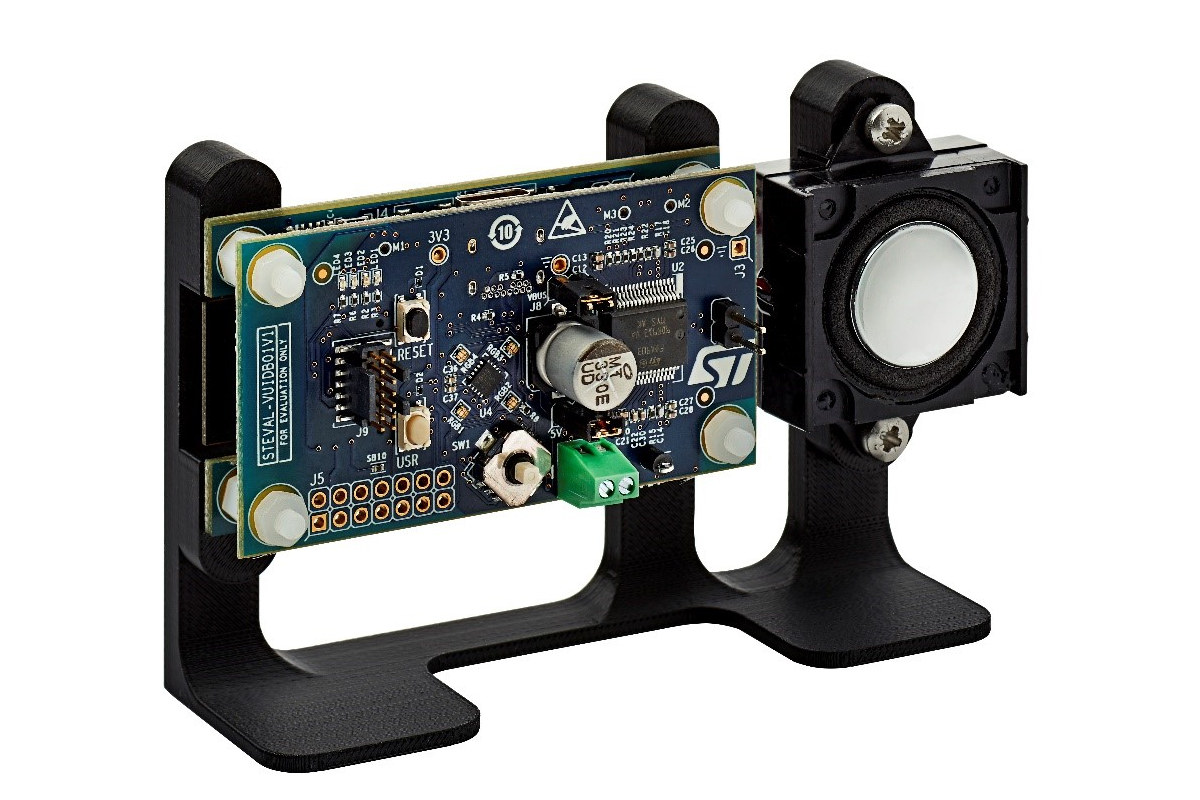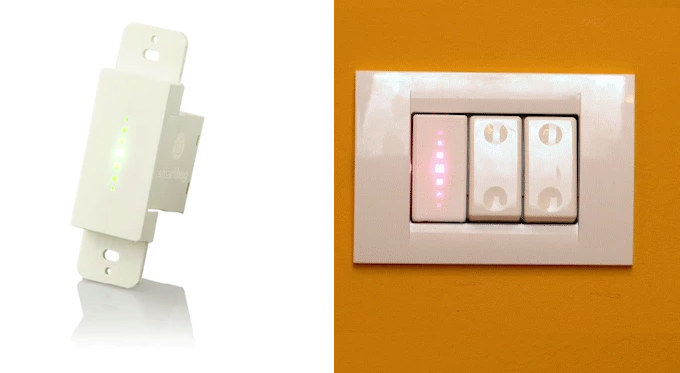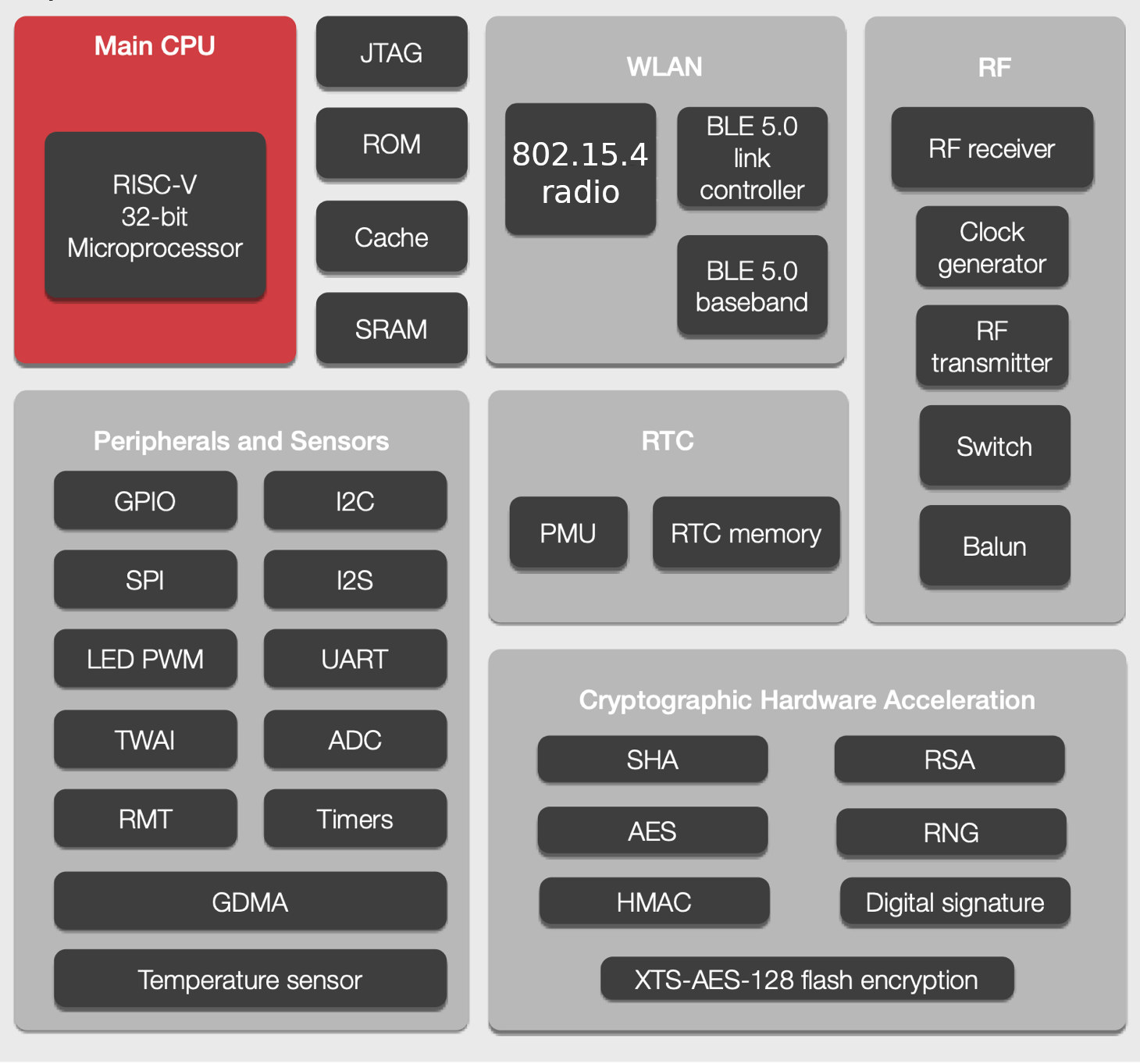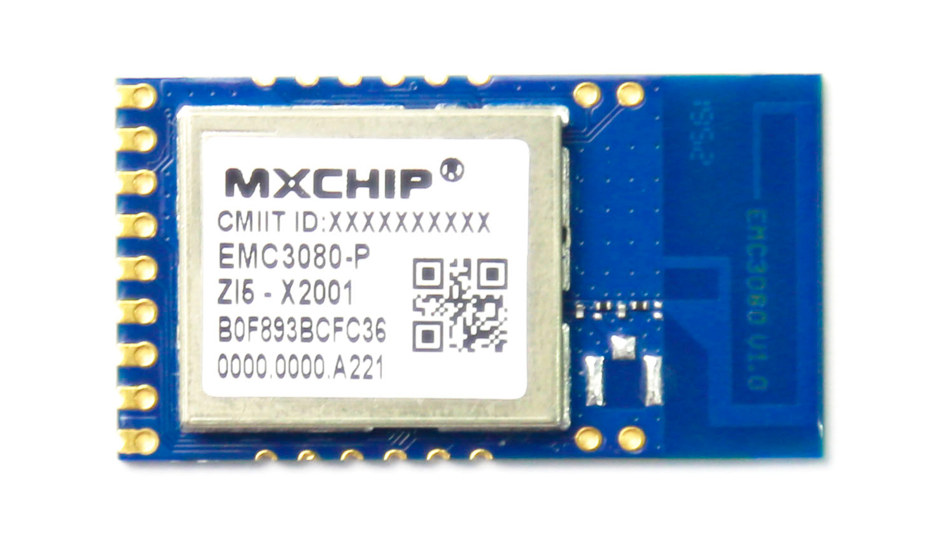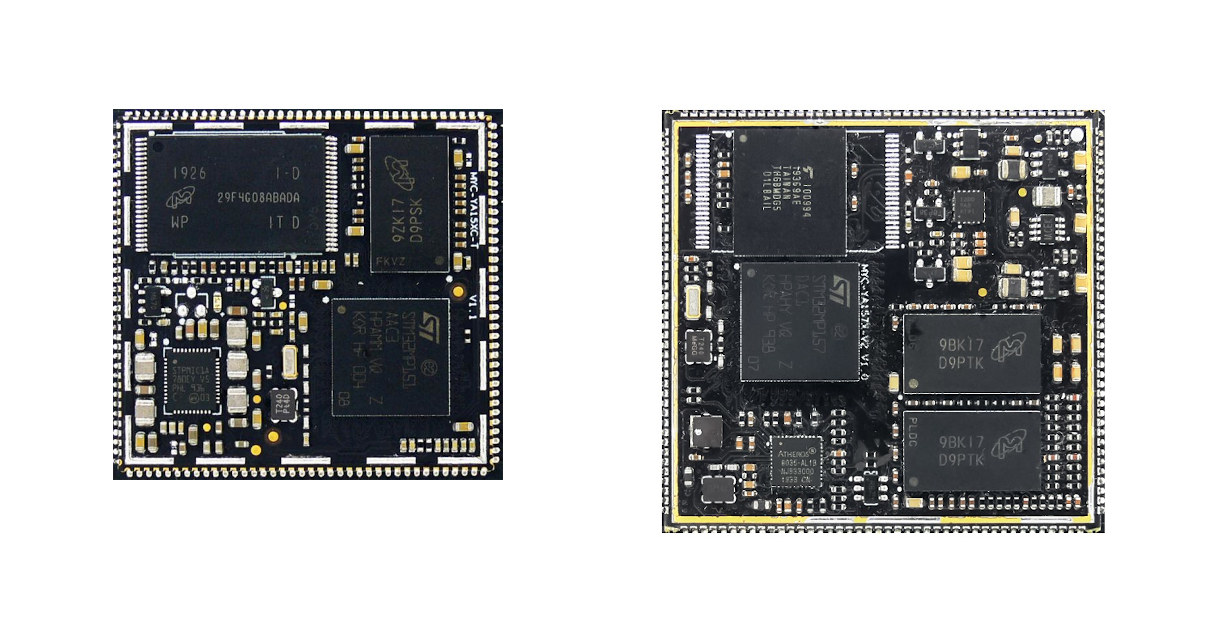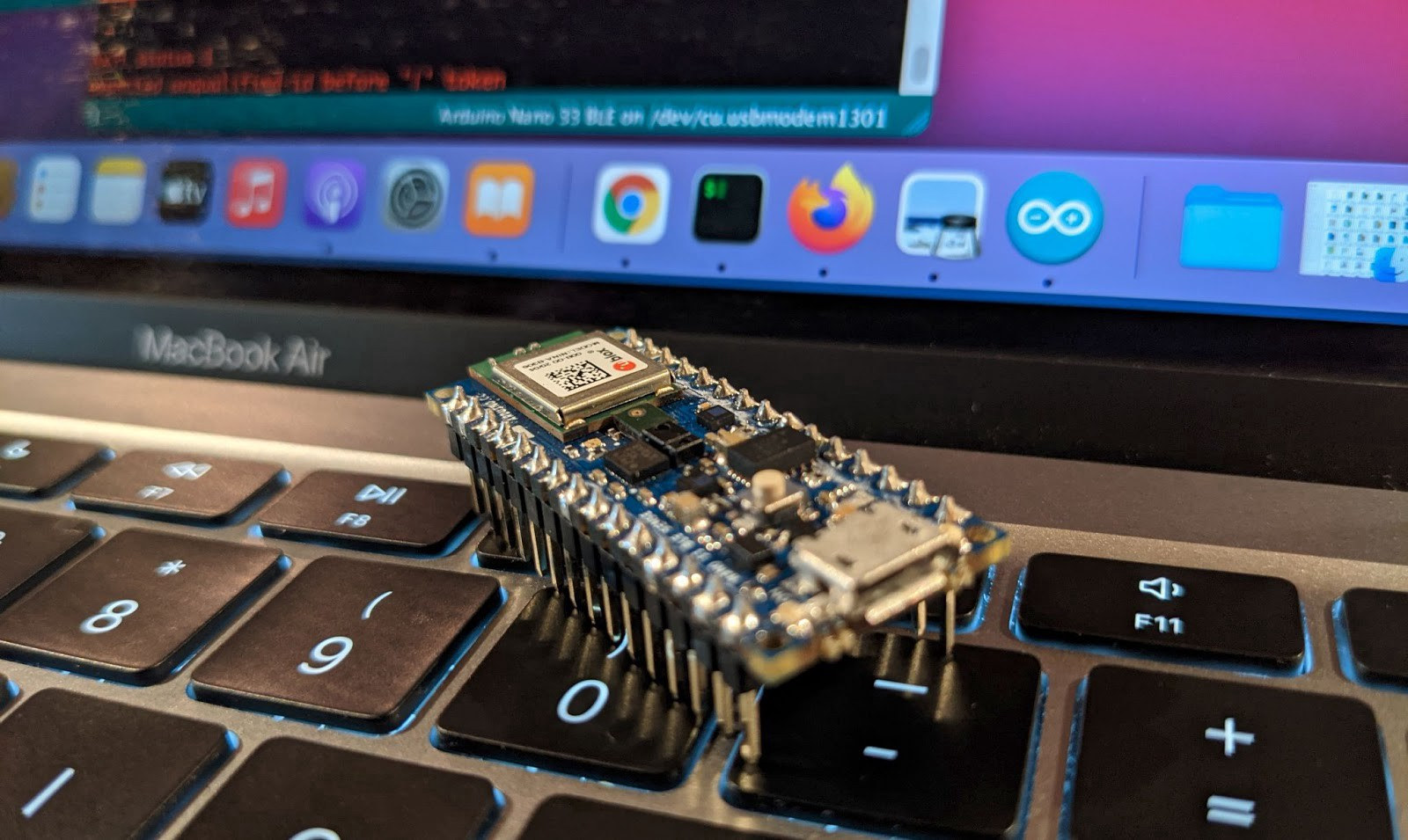Network video recorders (NRV) typically cost a couple of hundred dollars, but in the past, we noted a low-cost, entry-level NVR with a single Ethernet port may sell for under $50. But now, I’ve been made aware that $20 Linux-based NVR’s had shown up on Aliexpress either based on XM8536D processor, or SigmaStar SSR621Q dual-core Cortex-A7 processor. I’ll look at the N6110E model with the latter that sells for $22.99 plus shipping as it includes an enclosure and is said to support up to 10 channels, as well as AI features such as face & human body detection, “auto tracking” (vehicle tracking?), and mixed-traffic detection. N6110E NVR specifications: SoC – SigmaStar SSR621Q processor/DSP with two Cortex-A7 cores, 256MB DDR3 RAM according to linux-chenxing Video decoding – H.265 , H.264 up to 1x 8MP @ 30 fps, 1x 5MP @ 30 fps, 2x 4MP @ 30fps, 4x 3MP @ 20 fps, […]
ESP32-H2 RISC-V WiSoC announced with Zigbee 3, Thread, and Bluetooth LE 5.2
Just a few days ago, we noted ESP32-H2 802.15.4 & BLE RISC-V SoC had shown up in the source code, and tried to derive specs and a block diagram from the info seeing it was similar to ESP32-C3, but swapping the WiFi radio for an 802.15.4 radio. We don’t need to guess anymore, as Espressif Systems has just announced ESP32-H2 RISC-V WiSoC with support for Zigbee 3.x, Thread 1.x through the 802.15.4 radio, as well as Bluetooth LE 5.2. So overall it’s very close to what we discussed from the information in the source code with ESP32-H2 highlights including: CPU – 32-bit RISC-V core (at up to 96 MHz) RAM – 256 KB SRAM Storage – External flash support Wireless connectivity IEEE 802.15.4 radio with Zigbee 3.x and Thread 1.x support, Matter protocol Bluetooth 5.2 (LE) radio designed in-house, with support for direct connection, Bluetooth Mesh, Bluetooth LE Audio Future […]
STEVAL-VOICE-UI Amazon qualified Alexa Smart Home evaluation kit is based on STM32H7 MCU
We’ve already covered plenty of Amazon-qualified development kits working with Alexa Voice Services. But here’s another one with STEVAL-VOICE-UI evaluation kit making it to the list of Smart Home Dev Kits, which Amazon describes as “reference designs for creating smart home products such as light switches, thermostats, or Wi-Fi routers”. STEVAL-VOICE-UI voice user interface (VUI) evaluation kit features an STMicro STM32H7 Arm Cortex-M7 microcontroller with 2 MB embedded flash, 1 MB embedded SRAM, 2.4 GHz Wi-Fi, and a microphone array with three MEMS microphones, as well as a loudspeaker, and some buttons and LEDs. STEVAL-VOICE-UI key features specifications: Microcontroller – STMicro STM32H753VIT6E Cortex-M7 MCU @ up to 550 MHz with 2 MB flash, 1 MB SRAM Connectivity – 2.4 GHz Wi-Fi subsystem (Murata 1DX module) coupled to 2MB NOR flash (ISSI IS25LP016D) Audio 3x MP23DB01HP MEMS microphones with 36 and 30 mm spacing FDA903D class D digital input automotive audio […]
SmartBug smart switch integrates neatly into in-wall sockets (Crowdfunding)
SmartBug is a smart switch based on ESP32 wireless SoC, equipped with several sensors to measure temperature, humidity, power usage, and listen to sounds. It is designed to fit neatly into most in-wall sockets found around the world. Each SmartBug relies on mesh networking to communicate with each other and extend the range, WiFi for Internet connection, and Bluetooth low energy (BLE) to control additional devices without the need for any additional hub. SmartBug’s key features: MCU – 32-bit dual-core microcontroller with WiFi, wireless mesh, Bluetooth LE Connectivity 2.4GHz WiFI 4 Wireless mesh to let SmartBug act as a signal repeater Bluetooth 4.0 and BLE to control home appliances Audio Digital microphone for voices commands, baby crying (only enable if the plugin is downloaded in the app). Buzzer On-Off Relay up to 2200W, both AC and DC. Sensors – Temperature & humidity sensor, built-in power meter (current, voltage, and power) […]
ESP32-H2 Bluetooth LE & 802.15.4 RISC-V SoC shows up in ESP-IDF source code
Espressif Systems is working on yet another RISC-V chip with ESP32-H2 SoC offering Bluetooth LE and 802.15.4 connectivity showing up in the ESP-IDF framework source code. A code comparison shows ESP32-H2 is very similar to ESP32-C3 with a single RISC-V core, albeit clocked at up to 96 MHz, and the first Espressif SoC without WiFi, as the WiFi radio is replaced with an 802.15.4 radio for Thread, Zigbee, etc… that can be used for the development of Home Automation, Smart Lighting, and wireless sensor network applications. While looking at the source code differences between ESP32-C3 and ESP32-H2, the really only major differences were the 802.15.4 radio and lower maximum frequency, and at the current time, it looks like most of the rest is unchanged, so it’s possible they kept the same amount of RAM (400KB), storage, and most of the same peripherals, but it could just well be the code […]
$2 MXCHIP EMC3080 WiFi and Bluetooth LE IoT module integrates Cortex-M33 MCU
While nowadays most people from the maker community are working with ESP8266 or ESP32 modules or boards for IoT projects requiring Bluetooth LE and/or WiFi connectivity, we’ve also covered some low-cost alternatives such as Bouffalo Labs BL602 or Realtek RTL8710. MXCHIP EMC3080 module offers yet an alternative with 2.4 GHz 802.11 b/g/n WiFi and Bluetooth LE 4.2/5.0. Where it differentiates against other solutions is that it features a more secure Cortex-M33 core clocked at 100 MHz, as found in UNISOC V5663 and Ameba RTL8722DM wireless SoCs, but still getting a fairly low price tag of $2.35 on Seeed Studio, which drops to $2.10 per pieces for orders of 10 or more units. MXCHIP EMC3080 module specifications: MCU – MX1300CF Cortex-M33 processor at up to 100 MHz with 256KB SRAM, 2MB XIP flash, 384 or 512 bytes OTP memory Connectivity WiFi 802.11 b/g/n 1T1R WiFi @ 2.4GHz Single Frequency HT20 support […]
A Smaller STM32MP1 SoM – Meet MYIR MYC-YA15XC-T CPU Module
MYIR launched a fairly compact SoM and accompanying development board based on STM32MP1 Cortex-A7 microprocessor in January 2020. But apparently, the 45mm by 43mm MYC-YA157C module was too big (or expensive) for some customers, so the company has now designed a smaller STM32MP1 SoM with MYC-YA157C-T measuring just 39mm by 37mm thanks to the removal of the Ethernet PHY. MYC-YA15XC-T STM32MP1 system-on-module Specifications: SoC (one or the other) STM32MP151AAC3 single-core Cortex-A7 processor up to @ 800 MHz with Cortex-M4 core @ 209 MHz STM32MP153AAC3 dual-core Cortex-A7 processor up to @ 800 MHz with Cortex-M4 core @ 209 MHz, and CAN FD interface STM32MP157AAC3 dual-core Cortex-A7 processor up to @ 800 MHz, with Cortex-M4 core @ 209 MHz, 3D GPU, DSI display interface, and CAN FD Two configurations for memory and storage 256MB DDR3L, 256MB Nand Flash, 32KB EEPROM or 512MB DDR3L, 4GB eMMC Flash, 32KB EEPROM 148-pin stamp hole expansion […]
Picovoice offline Voice AI engine now works on Arduino
Last year, I wrote about Picovoice support for Raspberry Pi enabling custom wake-word and offline voice recognition to control the board with voice commands without relying on the cloud. They used ReSpeaker 4-mic array HAT to add four “ears” to the Raspberry Pi SBC. I also tried to generate a custom wake-word using the “Picovoice Console” web interface, and I was able to use “Dear Master” within a few minutes on my computer. No need to provide thousands of samples, or wait weeks before getting a custom wake-word. It’s free for personal projects. But the company has now added Picovoice to Arduino, or more exactly Arduino Nano 33 BLE Sense powered by a Nordic Semi nRF52480 Arm Cortex-M4F microcontroller, and already equipped with a digital microphone, so no additional hardware is required for audio capture. To get started, you’d just need to install the Picovoice Arduino library, load the sample […]


